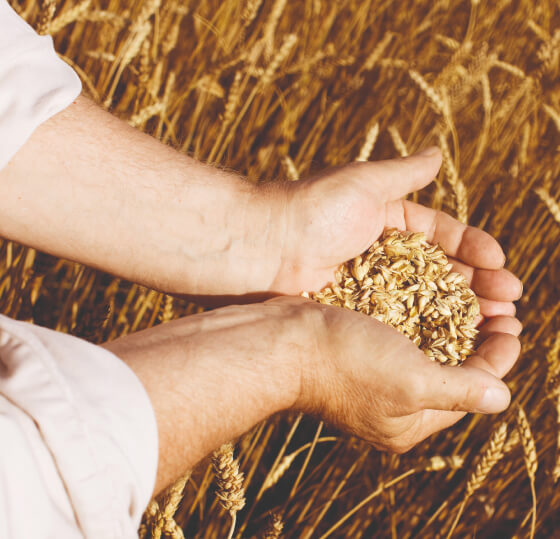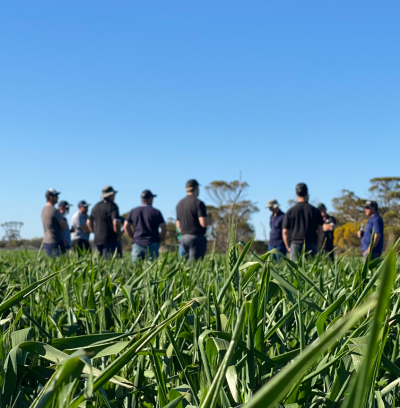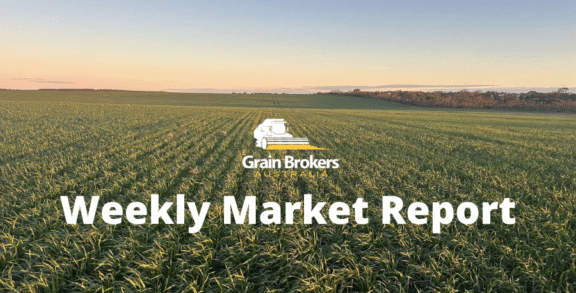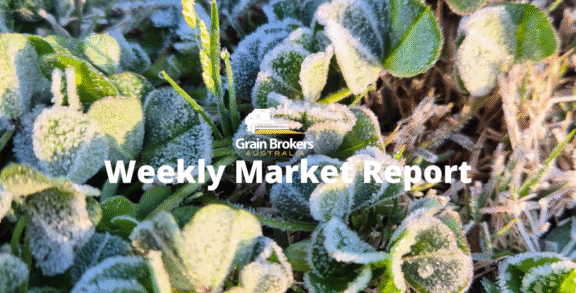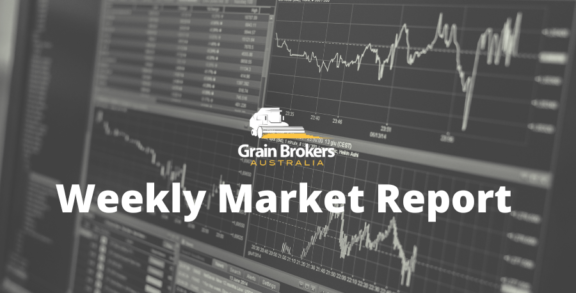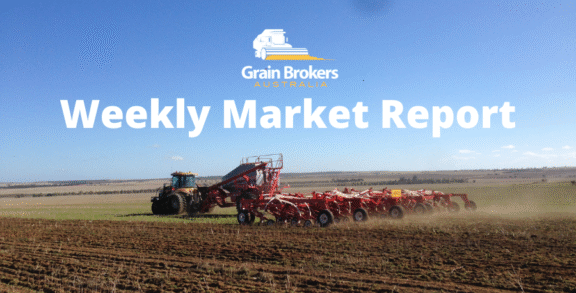
Australian wheat exports are a major component of our agricultural landscape, and we contribute significantly into global trade flows. Australian farmers are helping to feed the world.
There are many contributors to global trade but there is a key group of eight who are referred to as the major exporters or the Big8. The Big8 consist of Canada, USA, Argentina, Australia, EU27 and the Black Sea group of Russia, Ukraine and Kazakhstan. In a typical year this group contribute around 88% of the global trade flows of wheat and the fortunes of each region can have a sizeable impact of global trade. Australia’s contribution is typically around 10-12% of the total but in years of good production we spike up to 15% of global wheat trade.
Each country has its traditional customers who are largely determined by quality and logistics with some destinations being more flexible with price remaining the key determinant.
The USA has historically dominated global wheat trade often reaching around 30% of trade flows but in recent years the US share of global trade has fallen to around 10%. Global trade began to change significantly in the early 2000’s with the emergence of Russia as a powerhouse in global wheat trade. In the 1980’s and 1990’s USSR’s Russia was a major importer of wheat but fast forward to today and an independent Russia is now the number one global exporter of wheat. The post USSR changes and the recognition by the Russian government of the potential of their agricultural sector has seen wheat production and exports expand significantly over the past 30 years.
The trend has seen Russian production and exports expanding whilst US production and exports has continued to shrink. There is little doubt that Russia had untapped potential whilst the decline of wheat in the US has likely been at the hands of increases in productivity for corn and soybeans slowly pushing wheat out of the rotation. During this period Australia has also seen a strong increase in wheat production and export potential but our share of global trade has remained generally steady whilst global trade has almost doubled in this period.
The trading landscape from 30 years ago was vastly different to what we see today. A few of the key changes of note have been the emergence of Russia as a dominant low-cost supplier of wheat, the deregulation of Canada and Australia in global markets and the emergence of modern communication which has opened the transparency of global markets. Information that once took weeks to hit the market is now available in real time.
The availability of cheaper good quality Russian wheat has been the major game changer for several key importers. Russia now dominate trade into Africa and the Middle East where price is a key driver, and they are increasingly pushing into Asia. Destinations that were once the domain of other key origins have seen a reset with the acceptance of Russian wheat. Cheaper Russian wheat has pushed deeper into global markets as their production and exportable surplus have grown. The market took time to adjust but now Russian wheat is accepted into most markets including challenging Australian exports into key Southeast Asian markets. Australia still dominates wheat trade in the region, but competition has elevated and certainly as the quality of Russian wheat has improved.
Australia is predominantly viewed as an exporter of high-quality milling wheat. There is also strong demand for feed grains in the Asian region, and we can find good demand for feed wheat when we have availability. Feed wheat supply is not typical for Australia but there have been several seasons in recent memory where this has allowed us to boost our exports. There has also been an increase in demand for lower grades of milling wheat and likely to compete with the emergence of Russian supply in the region. The steady increase in Australian wheat production and exportable surplus has compelled Australian exporters to develop deeper markets. Some traditional markets are relatively inelastic whilst other markets have shown scope to increase the use of Australian wheat.
Asia remains our number one destination with China, Indonesia, Japan, South Korea, Malaysia, Philippines, Thailand and Vietnam being our major wheat destinations. Australia also makes strong export sales into parts of the Middle East with Yemen being a regular customer. New Zealand and several other Indo Pacific countries round out our export grid. In exceptional seasons it is possible for Australia to export wheat into parts of Africa however this has become much less common since the arrival of Russia on the export scene.
China has become the wild card for Australian wheat exporters in recent years. Historically China has imported modest volumes of Australian wheat but over the past few seasons China’s imports from Australia have surged reaching a peak of 7.56mmt in the 22/23 season. It is not clear if this was an anomaly as these China sales aligned with our record season where exports touched 32mmt and Australian wheat was very competitive. The fall in China wheat demand this season is concerning and has clearly impacted Australian exports.
Other markets such as the Philippines, Vietnam and Thailand have been increasing buyers of Australian wheat in recent years whilst some more traditional markets such as Iraq are now more opportunistic. Certainly, Australia continues to be viewed as a stable and reliable supplier of wheat in an increasingly volatile global environment. Ultimately our proximity to the Asian region and our reputation for high quality wheat means that Asia will continue to be a priority focus for Australian exporters.
Call your local Grain Brokers Australia representative on 1300 946 544 to discuss your grain marketing needs.
Written by Brendan Dart.
